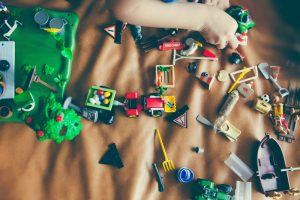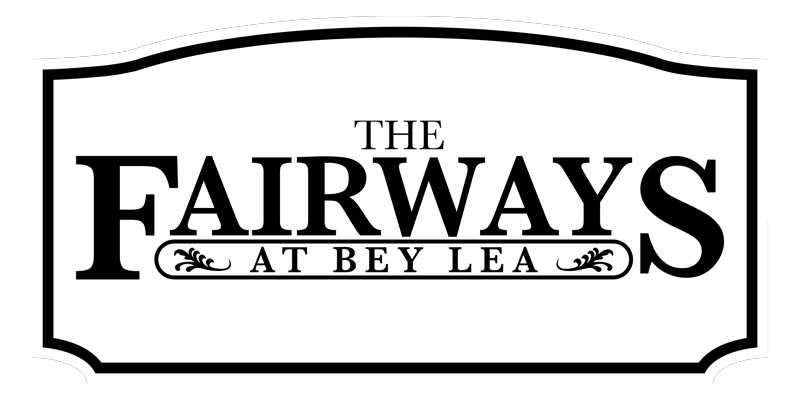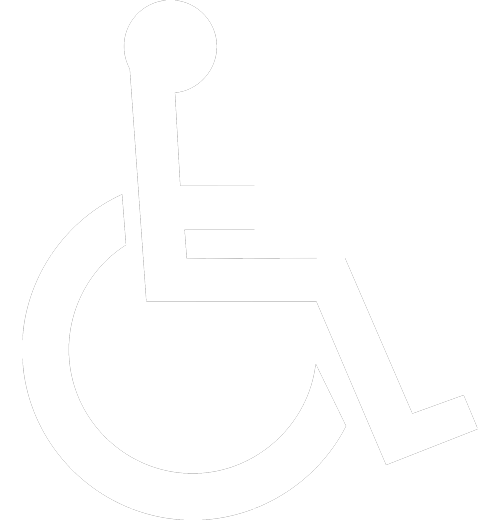How to Tame Toy Clutter
Toys are a wonderful part of childhood, fostering imagination and play. But they can also turn your home into a chaotic, cluttered space. If you find yourself constantly tripping over toys, struggling to find a clear surface, or feeling overwhelmed by the sheer volume of playthings, it’s time to tame the toy clutter. We’ve got some practical tips and strategies to help you regain control of your space and create a more organized and harmonious home.
 Understanding the Impact of Toy Clutter
Understanding the Impact of Toy Clutter
Before we dive into the tips, it’s important to recognize the significance of taming toy clutter:
- Stress Reduction: A cluttered environment can be stressful, and studies have shown that a tidy, organized space can contribute to a sense of calm and well-being.
- Safety: Piles of toys can be tripping hazards, leading to accidents, especially in homes with young children or elderly family members.
- More Enjoyable Playtime: An organized play area makes it easier for kids to find and engage with their toys. When they can see everything they have, they’re more likely to play creatively and enjoy themselves.
- Time-Saver: Reducing clutter means less time spent cleaning up and more time for activities you enjoy.
Taming Toy Clutter: Practical Tips
Now, let’s explore some practical strategies for taming toy clutter:
- Regular Decluttering: The key to managing toy clutter is decluttering. Make it a routine to go through your child’s toys periodically. Donate or toss items that are no longer used or loved. If you have toys that your child has outgrown or lost interest in, consider passing them on to another family or a local charity.
- Establish Toy Zones: Designate specific areas for toys in your home. This could be a playroom, a corner of the living room, or a bedroom. Clearly defining these zones helps keep toys contained and allows children to know where to play and clean up.
- Invest in Storage Solutions: Organize toys with the right storage solutions. Open shelves, bins, and baskets are great for accessibility and visibility. Consider investing in storage furniture like toy chests, bookshelves, and cubbies to keep items organized and accessible.
- Categorize and Label: Sort toys into categories, such as dolls, action figures, building blocks, and puzzles. Use labels or pictures for young children who can’t read yet. Categorization makes it easier to find specific toys and encourages kids to return them to the right place.
- Toy Rotation: If you have too many toys for the available storage space, consider implementing a toy rotation system. Store some toys in a designated “rotation” area and swap them out periodically. This keeps playtime fresh and reduces the number of toys readily available.
- Teach Kids to Clean Up: Encourage kids to participate in the cleaning process. Set a regular clean-up time, such as before dinner or bedtime. Teach them to return toys to their designated places. You can make it fun by setting a timer or playing music while they clean.
- Limit New Additions: Control toy clutter at the source by setting limits on new toy acquisitions. Before birthdays or holidays, consider having a conversation with family and friends about gifts. Encourage them to choose toys that align with your child’s interests and needs.
- Encourage Borrowing and Sharing: To minimize the number of toys in your home, encourage borrowing and sharing with friends and family. Kids can exchange toys with others, which provides variety without adding more clutter to your space.
- Use Multi-Functional Furniture: Invest in furniture that can serve multiple purposes. For instance, a storage ottoman or a convertible coffee table can double as play surfaces or additional toy storage. Multi-functional furniture can help save space and reduce clutter.
- Regular Cleaning Days: Designate one day a month or season for deep cleaning and organizing your child’s toys. Use this time to assess the state of their toys and determine if any need cleaning, repairing, or replacing.
- Set an Example: Children learn by example. Make sure to set a good one by demonstrating good organization habits. If they see you tidying up your own belongings, they’re more likely to adopt the same practices for their toys.
- Consider Toy Limits: Limit the number of toys in circulation at any one time. For example, you might decide that your child can have a certain number of stuffed animals or a specific set of building blocks. If they want new toys, they need to choose which ones to rotate out.
- DIY Organizational Projects: Get creative and involve your kids in DIY organizational projects. You can make fun storage solutions together, like colorful bins or personalized labels. This not only keeps toys organized but also turns organizing into a fun family activity.
- Be Mindful of Gifts: Communicate with well-meaning friends and family members about the types of gifts your child prefers or needs. Suggest experiences or consumables as alternatives to physical toys.
Taming toy clutter is a manageable task that leads to a more organized and enjoyable home. Regular decluttering, creating designated play zones, investing in storage solutions, and teaching kids to clean up are key steps in this process. By following these tips, you can reclaim your home from toy clutter and create a more peaceful and harmonious environment for your family.







